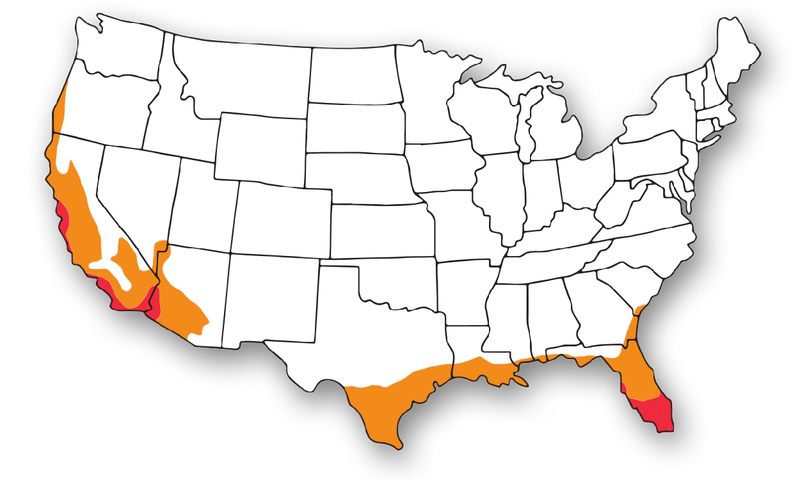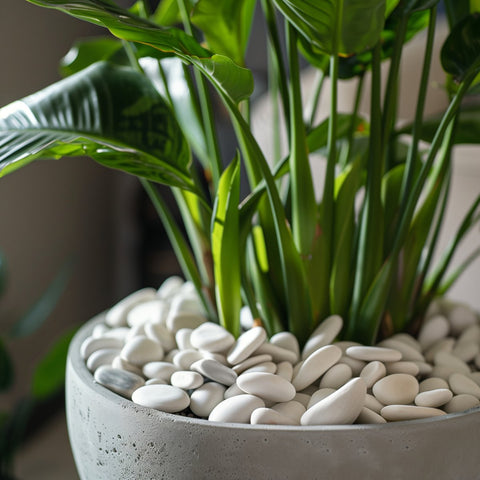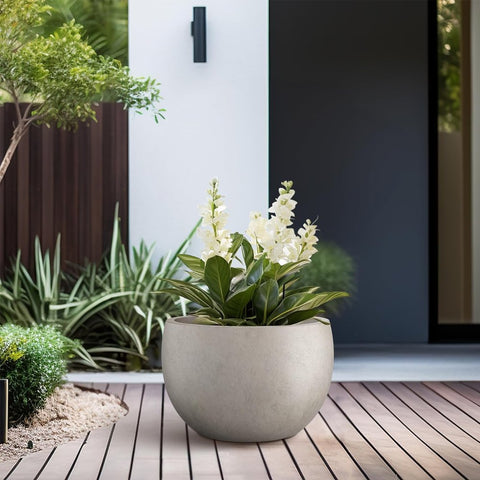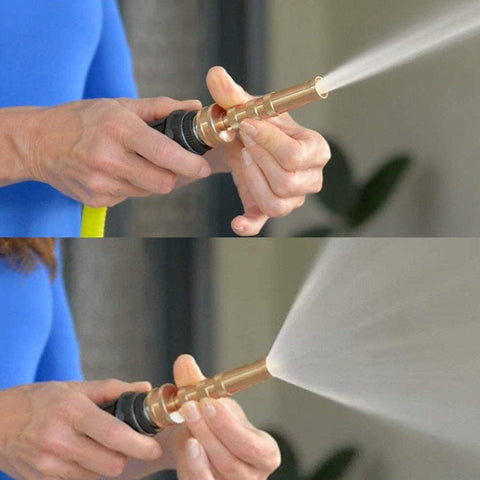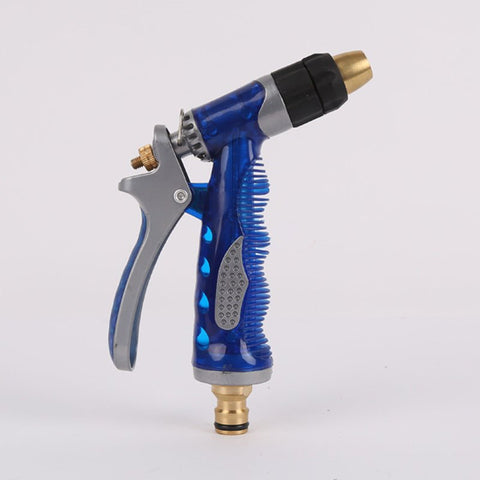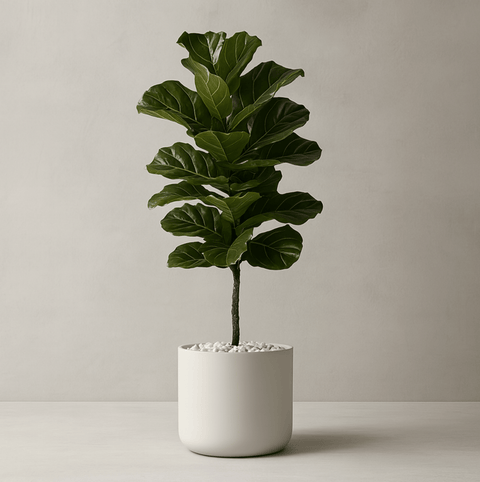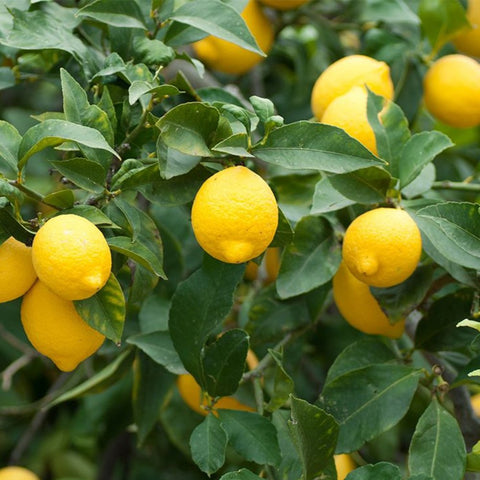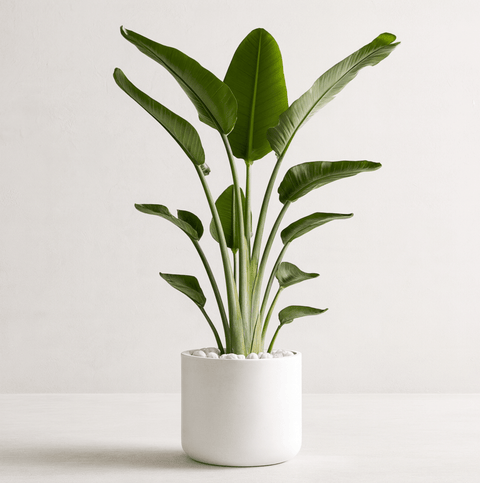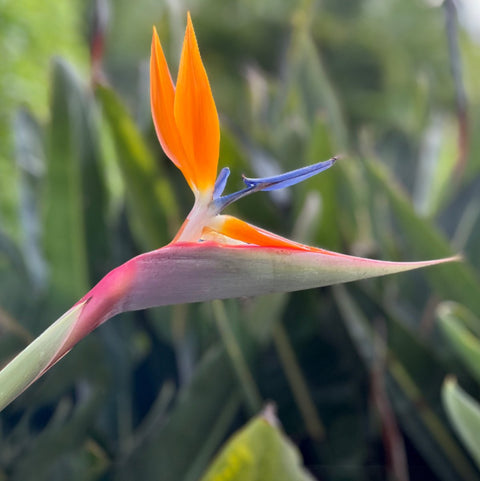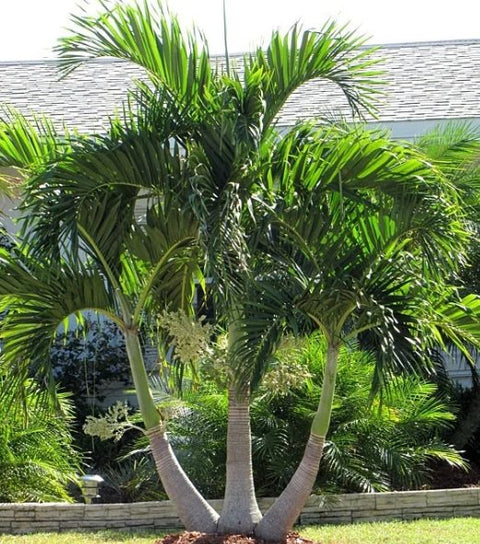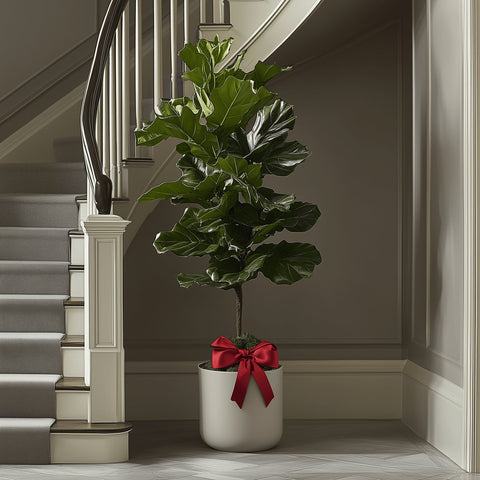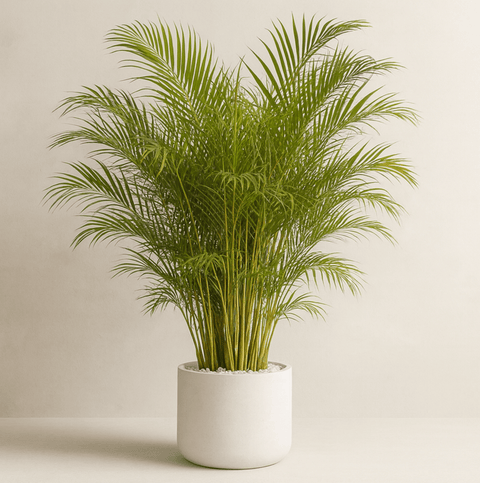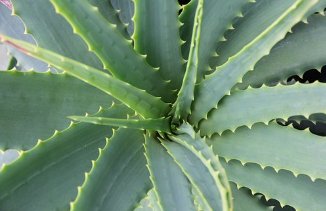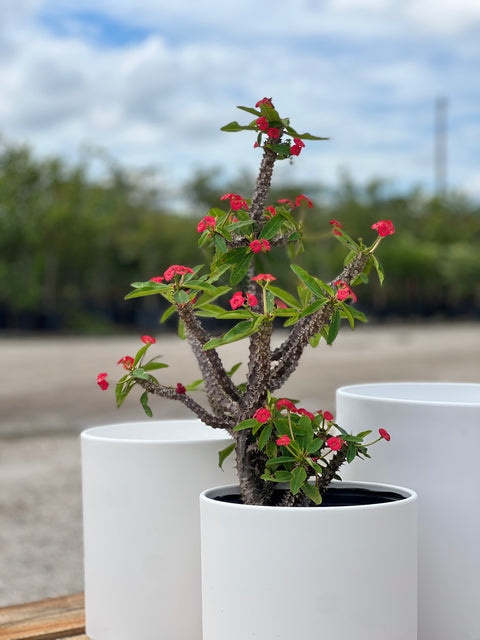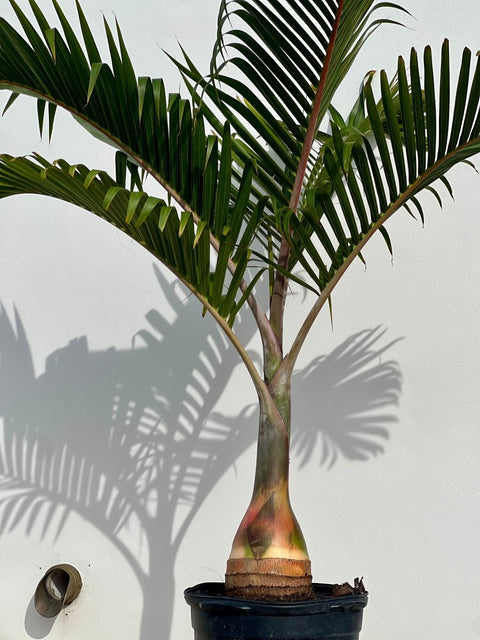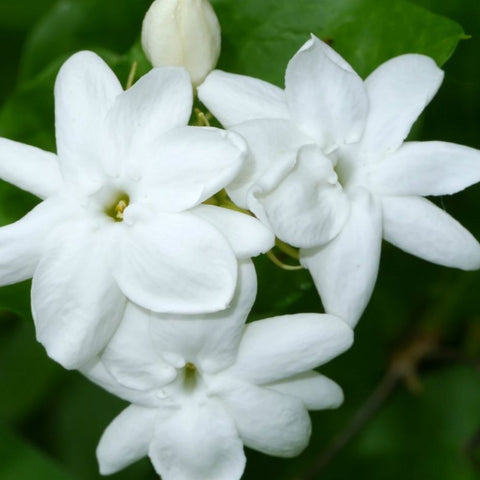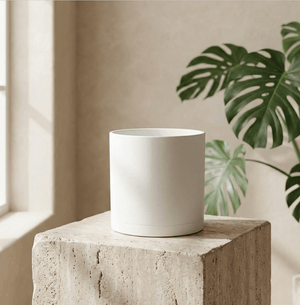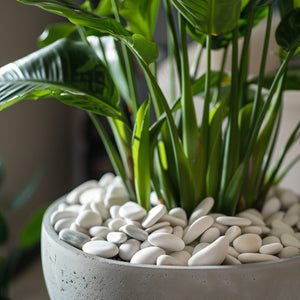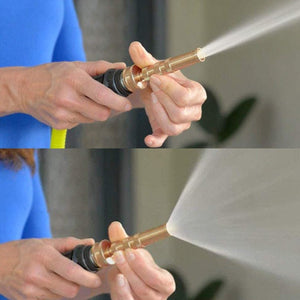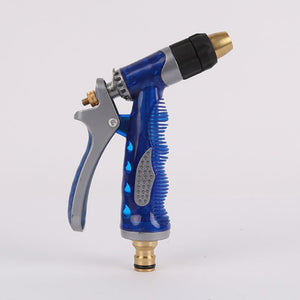How to Grow
The Cardboard Palm thrives in bright, indirect light but can adapt to lower light conditions, making it versatile for indoor environments. It prefers well-draining soil and should only be watered when the top inch of the soil has dried out. Overwatering should be avoided to prevent root rot. During the winter, reduce watering to minimize the risk of over-saturation.
Care Tips
For optimal growth, fertilize the Cardboard Palm with a balanced, slow-release fertilizer every 2-3 months during the growing season. This plant requires minimal pruning; only remove old or yellowed leaves to maintain its appearance.
Uses
The Cardboard Palm is an excellent choice for adding a touch of the tropics to indoor spaces. It can be used as an intriguing focal point in a room or paired with other tropical and succulent plants to create a diverse, textured garden display.
Planting Tips
When potting your Cardboard Palm, select a container with adequate drainage holes to prevent water accumulation. Incorporate a layer of gravel or pebbles at the bottom to enhance drainage further. Plant it in a potting mix designed for succulents or palms to ensure proper soil conditions.
Maintenance
Keep the leaves of your Cardboard Palm clean and dust-free by gently wiping them with a damp cloth. This not only improves the plant's appearance but also helps it to photosynthesize more efficiently.
Pests and Diseases
The Cardboard Palm is generally robust and disease-resistant. However, it can occasionally be affected by scale insects or mealybugs. Inspect the plant regularly and treat with insecticidal soap or neem oil if pests are detected. Ensure the plant is not overwatered to avoid root rot.
Sizing
Explore our exclusive "Grower's Pick" for the Cardboard Palm. This premium selection showcases the largest and most impressive specimens available, chosen for their exceptional size and maturity. Each "Grower's Pick" Cardboard Palm is selected for its well-developed root system and overall vitality, offering a striking and mature plant for your space.
Frequently asked questions
Propagating Cardboard Palm (Zamia furfuracea) can be a rewarding and cost-effective way to expand your plant collection. There are several methods you can utilize to propagate this unique and hardy plant. One of the most common ways to propagate Cardboard Palm is through division. You can carefully separate the offsets or pups that grow around the base of the main plant. Make sure to use a sharp, clean knife to cut the pups away from the parent plant, ensuring that each division has some roots attached. Plant the divisions in well-draining soil and keep them in a warm, humid environment to encourage root growth. Another cost-effective method is to propagate Cardboard Palm from seeds. Collect the bright red seeds produced by the female plant and remove the fleshy outer coating. Plant the seeds in a mixture of peat moss and perlite, keeping them moist and warm. Germination can take several months, so be patient and provide consistent care to the seedlings as they grow. In conclusion, propagating Cardboard Palm can be done affordably through division or seed propagation. By following these methods and providing the right growing conditions, you can successfully propagate this unique plant to enjoy in your home or garden. Remember to be patient and attentive to the needs of the new plants as they establish themselves.
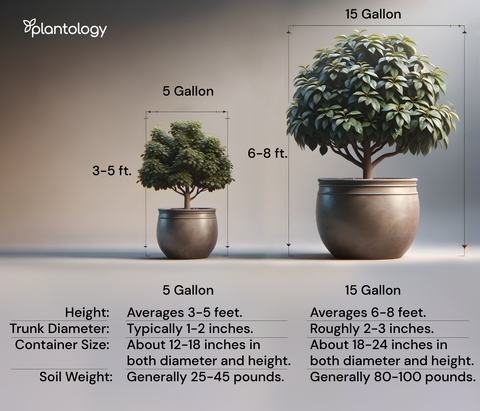
Free Shipping Over $150
Only $12 flat rate on orders under $150
Healthy Arrival Guarantee
Plants arrive healthy or we replace them free







